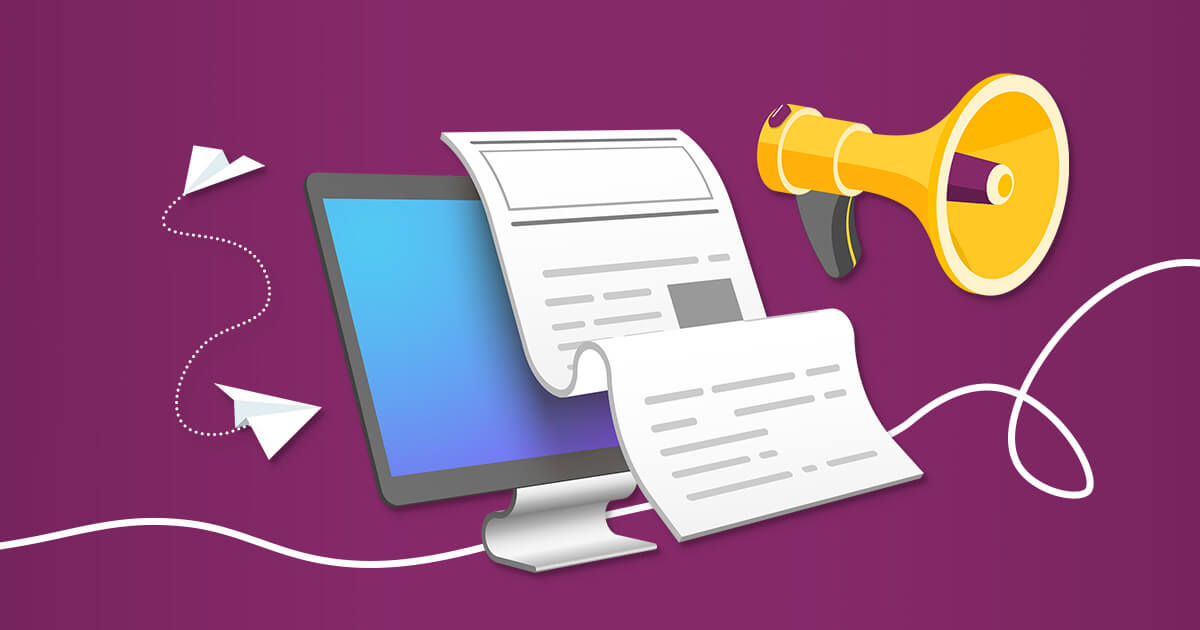Things to keep in mind when writing a press release email
Much like when designing your email sequence and creating an email marketing checklist to keep you on track, there are a few things you should pay attention to before sending a press release email to dozens, maybe hundreds, of contacts.
Don’t attach your press release as a separate file
There are 2 reasons why you shouldn’t: it will force your contact to take an extra step and it might mean your email ends up in spam.
An extra step is burdensome. Think of your contact as your customer: you want to make their experience as smooth as possible. One of the ways to do that is removing extra friction: and an email attachment represents that extra friction.
With spamming it’s even simpler. First, people are reluctant to open attachments — or click on links — sent to them by strangers. Such is the world we live in, it’s full of different kinds of fraud.
Secondly, some inboxes are advanced enough to understand that attachments might represent danger to the recipient — especially if it’s a bulk email — and send such emails to spam automatically. The algorithm sometimes gets it wrong of course but do you want to take the risk with your email?
Make your email short
Well, that’s just simple email etiquette and respect for your contact. Journalists and influencers receive dozens of emails daily — and they still have a job to do outside answering emails. Getting to the point will show that you respect your reader’s valuable time.
You should answer three simple questions for them and cut the rest from your email:
- Why you are emailing them.
- How you offer benefits them and their audience.
- How to contact you for clarification.
Time your email well
This means don’t send emails on the weekends — no surprises here — but also taking into account that open rates fluctuate during the week.
Research on the matter differs according to where you look, but most companies believe Tuesday and Thursday are the best days of the week, with the highest open rates. Research tells us the best time of the day to send your email: after lunch, between 12 noon and 9 p.m.
Avoid sending mass emails
We’ve touched on that before, actually: personalization matters. Why should your contact care about your news if they know this news is not exclusive to their publication?
It’s just bad manners, shows you haven’t done your research and underlines you don’t care if someone publishes it — as long as someone does. You can kiss a potential relationship with this publication goodbye.
Proofread your email for mistakes
Seems kinda obvious, so we are putting it last on our list. If your email is sloppy, full of errors, it will show lack of professionalism and cost you the reader’s interest. Mistakes divert people’s attention and stand out like a sore thumb. So make sure to carry out a simple spell check before hitting “send”.























